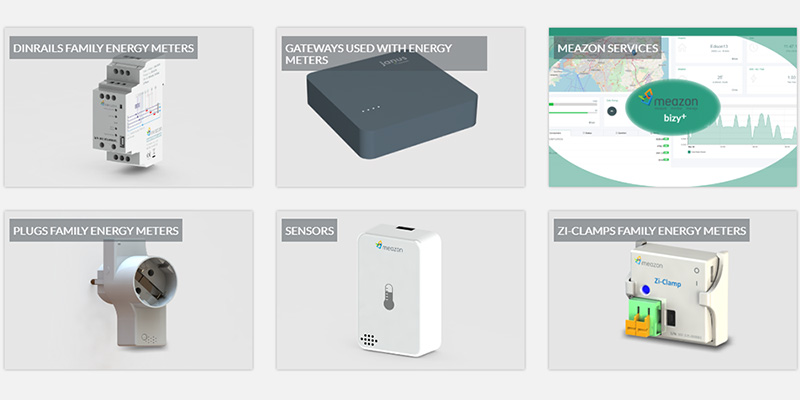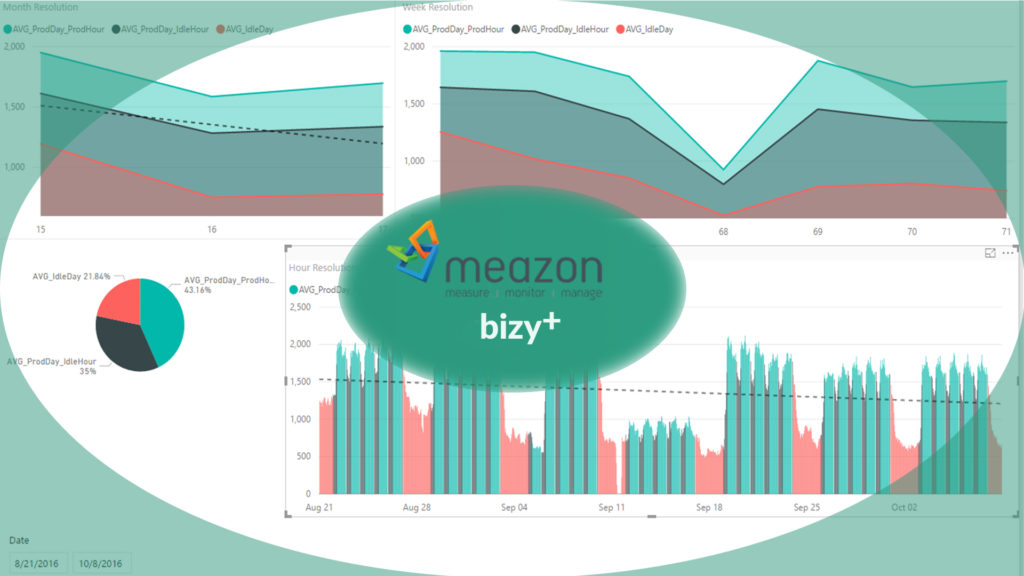* – This article has been archived and is no longer updated by our editorial team –
Founded in 2013, Meazon uses its unique real time IoT energy management technology as a leverage to unleash energy efficiency investments. Meazon product is a cost-effective, accurate, wireless system capable of measuring various electric loads within a building and wirelessly communicating the data.
Below is our interview with John Gionas, Co-Founder and CCO at Meazon:
Q: You’ve recently been chosen by DT to be one of 9 participants in the WARP NB-IoT program; could you tell us something more?
A: Meazon was chosen by DT to be one of the 9 participants in their WARP NB-IoT program. From the huge bank of applications, the Program Team had to choose projects with the greatest potential, who were best suited to the needs of Deutsche Telekom and its prospective customers. The WARP NB-IoT program organized by hub:raum and Deutsche Telekom aims at accelerating European IoT startups and growing companies with products or working prototypes across different industries, e.g. smart cities, tracking, industries, agriculture and more.
We consider this achievement as a milestone, that combined with our recent award by US Department of Energy, confirm the accumulating market interest for our technology. We firmly believe that energy data acquisition technologies will be in the center of attention for the years to come since they are the cornerstone for the achievement not only of energy efficiency goals but also operations optimization, smart grid balance and energy management value added services, to name a few.
 Recommended: Enmotus Develops Storage Analytics And Automation Software For Companies Looking To Automate Processes At Block Level
Recommended: Enmotus Develops Storage Analytics And Automation Software For Companies Looking To Automate Processes At Block Level
Q: Could you give us more insights into your products?
A: Indicative benefits and indicative usage:
• Better understanding of when and how energy is used can help building owners reduce costs by taking actions based on data.
• Scalable, low cost wireless metering systems allow small initial installations that can inexpensively be expanded to measure additional loads in the future.
• Wireless metering systems can be used independently or to complement a building automation system to assess energy use in specific areas and improve performance.
• Obtaining and evaluating metered data can support energy cost allocation among tenants, meet regulations, and achieve sustainability goals.
• Energy data can reveal operational opportunities beyond energy savings, including occupancy levels, resource utilization, and other infrastructure needs.
Q: What is your biggest advantage?
A: We have an array of advantages that combined create an energy data acquisition and analytics solution that acts as a catalyst in unleashing investments in energy efficiency.
• Small and wireless meters fit almost anywhere in large volumes
• Easy installation, commissioning & over the air s/w upgrade
• Easy learning of system operation and data collection
• Build in intelligence, local weekly scheduling, redundant in case of loss of communication or power
• Data measurement, transmission, and collection are open protocol
• Reliable wireless data transmission to an onsite collection point with a success rate greater than 99%
• Operation independent from existing building internet and intranet networks
• Full compliance with NFPA 70 (National Electrical Code) and UL 61010.
• 1% of reading accuracy (metering device as a complete assembly: measurement device and current sensors).
• All data encrypted using 128-bit Advanced Encryption Standard (AES-128).
• Low total cost of ownership
 Recommended: TSIA Aims To Solve The Complex Challenges Impacting Today’s Technology Companies And Their Financial Growth
Recommended: TSIA Aims To Solve The Complex Challenges Impacting Today’s Technology Companies And Their Financial Growth
Q: What have been the biggest challenges starting and growing your company?
A: The biggest challenge for starting Meazon was, as always, related to financing that would support us in bringing to the market our technology. This was addressed during 2013 when we received our first round of financing and enabled us to create a marketable product. Then we had to find market references (i.e. customers) that would be willing to embrace our technology approach in gathering real time energy data. We managed to address this challenge effectively and during 2014 to 2017 we succeeded in attracting important customers such as ESCOs, system integrators and utilities.
As a proof point, US Department of Energy (DOE) has recently (March 2017) declared Meazon as the only winner of their energy submeter challenge. The objective of this challenge was the design of a uniquely small, wireless, self-sustained and low cost IoT energy submeter for the US energy efficiency industry. More than 30 vendors participated in this challenge.
Now we enter the growing stage of Meazon. During this stage we actively pursue strategic partnership agreements with whole sale electrical distributors, system integrators, utilities and ESCOs that will use our solution to base their own energy efficiency offering to the market. We believe that the market is there and it is growing asking more and more IoT type of energy data acquisition technologies.
Q: What can we expect from you in next four months?
A: Our key priority in the coming months is our establishment in the US market through the creation of sales channels that will bring our products faster to our targeted users. We need to create partnerships with established players in the market so our customers have easy access to our products as well as to proper technical support. We are actively looking and evaluating potential partners that can help us achieve our goals.
Another important priority we have is the enhancement of user friendliness of our portfolio, starting from improving the installation experience to adding new features in our energy data analytics services such as Artificial Intelligence and Machine Learning.

